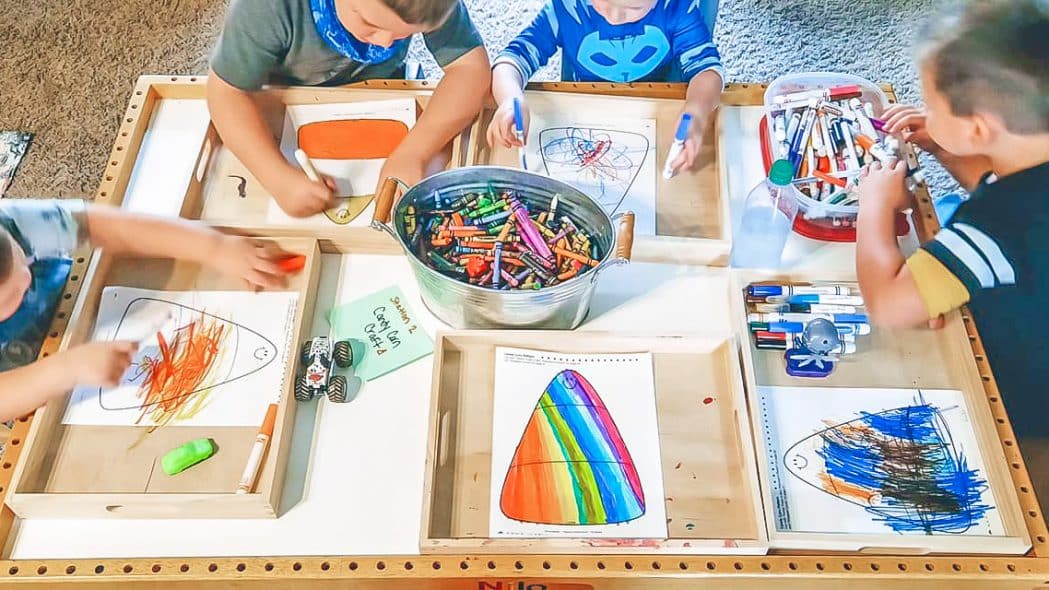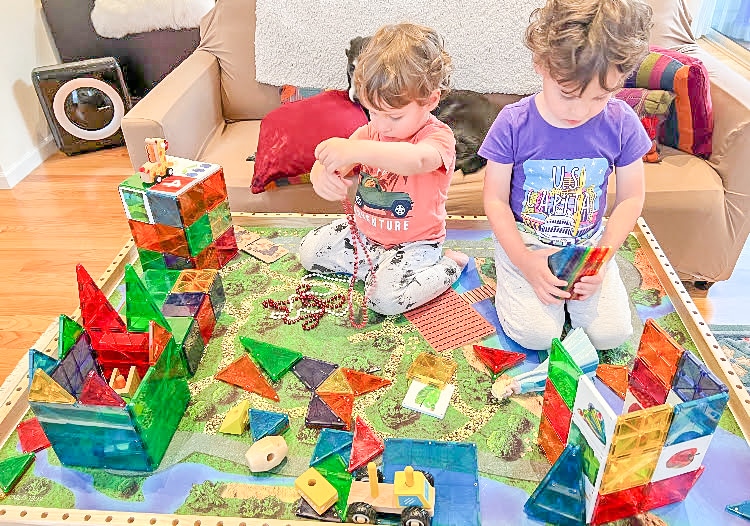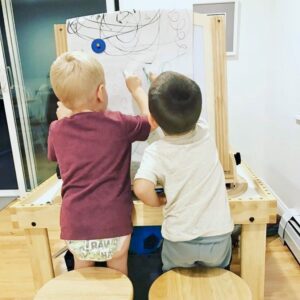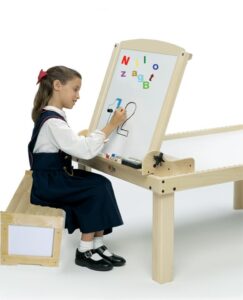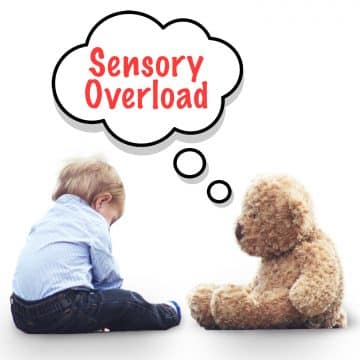
Figuring out how to help kids with sensory issues can be difficult, however, there are many effective strategies for helping them. These strategies can range from simple adaptations to implementing special accommodations. For example, If your child is particularly sensitive to loud sounds or lights, they can wear sensory-smart clothing or adaptive gear to help them cope. Between both types of strategies, some solutions may work better for you than others.

Sensory Overload & Reactions
The first step is to help your child learn to control their responses to certain stimuli. In many cases, sensory overload can be triggered by loud noises, bright lights, and the texture of certain foods or clothing. This overload can lead to symptoms such as sensory seeking and sensory avoidance. You can help your child learn to control their responses to these stimuli by understanding their reactions and anticipating when they’ll experience a reaction.
Cognitive Therapy & Physical Therapy
Medical Professionals & Therapy
If you suspect that your child may have sensory issues, it’s best to work with a psychologist or other medical professionals to find out how to help them cope better. Sometimes, a child with sensory issues needs therapy throughout their entire life. This therapy may include a variety of therapies, such as medication, psychological counseling and physical therapy. It may also be necessary for parents to make an effort to watch their child’s behavior and see if it improves.

Calming Techniques for Children
If your child is exhibiting signs of distress, you can help them deal with their emotions by practicing breathing techniques. For example, you can encourage your child to count to 10 or to breathe slowly. You can also try teaching them mindfulness meditation and self-calming techniques. These techniques calm the sympathetic nervous system, lower blood pressure, and decrease reactiveness to stimuli.
Occupational Therapist for Toddlers
Occupational therapists are also a good option for helping kids with sensory issues. An occupational therapist can help them learn to handle everyday activities and reduce the impact of their sensory issues. For instance, your child may need assistance with activities like playing with loud noises in the classroom, or being squished in a cushion. Occupational therapists can also help your child deal with fear of certain playground equipment.
Goal of Occupational Therapy
Occupational therapists can help children learn to cope with sensory issues and deal with their emotions. The goal of their treatment is to decrease overreactions and develop better outlets for sensory experiences. A sensory diet can also help kids regulate their emotions. In addition, an occupational therapist can help kids learn to calm themselves down by engaging in activities that allow them to regulate their feelings and behaviors.
Therapeutic Accessories for Kids
Weighted vests are another way to help kids cope with sensory issues. They work like a giant hug for the body, and can help calm down a child suffering from sensory disorders or autism. Occupational therapist Nicole Meert says that weighted vests are a great option for helping kids with sensory issues.
Sensory processing issues can affect children’s daily life and school education. It can affect their ability to focus, perform motor activities, and participate in social situations. Symptoms of sensory issues can be visible, and early diagnosis is critical. With proper support, children can overcome their sensory issues and improve their quality of life.
Sensory Issues & Childrens Clothing
It is common for children with sensory issues to be very sensitive to clothing. The clothing they wear may cause them to have issues and even cry, and it is important to ensure that their clothing is appropriate for their needs. When choosing clothes, try to consider whether a child is sensitive to colors or scents. Using odorless detergent may also be helpful. Children may also experience issues with shoes or socks.
Sensory issues can be hard to deal with, but they can sometimes be easily solved. By using strategies and techniques that help kids with sensory issues, you can help your child overcome their own challenges. It can be beneficial to seek expert help, and to seek a sensory integration specialist if necessary. A good sensory integration specialist can offer strategies one-on-one that can help your child learn to control their reactions to external stimuli.
How Are Sensory Issues Formed?
Sensory issues are a common problem among children. They can occur due to faulty sensory pathways in the brain. Children with autism, for example, may have an underlying disorder that affects the way their brain processes sensory information. Other causes of sensory processing issues include environmental factors and overexposure to certain chemicals. There are countless strategies to help all sorts of sensory issues that children are facing, it’s just a matter of which works best for you.
Furniture for Sensory Activities
Figuring out how to help kids with sensory issues can be difficult, but there are many toys and furniture pieces out there that can help you and your child with the process. Childrens play tables are a great place for all sorts of sensory activities. Sensory tables demand both fine and gross motor skills considering children must use both their fingers, hands and sometimes even legs to interact with the objects. Not only do children develop cognitive skills and motor skills as they play at a sensory table, but they also have fun! Plus, by having their own kids personal workstation, they’re able to stay focused developing and are sure to get hours of fun from it.
Nilo Toys offers sensory furniture for children that is both strong and versatile. When choosing a play table for your child, it is important to choose one that is safe and strong enough to support their activities, behaviors and skills. For example, if your little one has a hard time balancing then it is important to get a table that you can trust will not break on them! Rest assured, Nilo Tables are constructed of hardwood framing that is proven to last generations, literally. Shop sensory furniture now by clicking the button below!
-
Product on sale
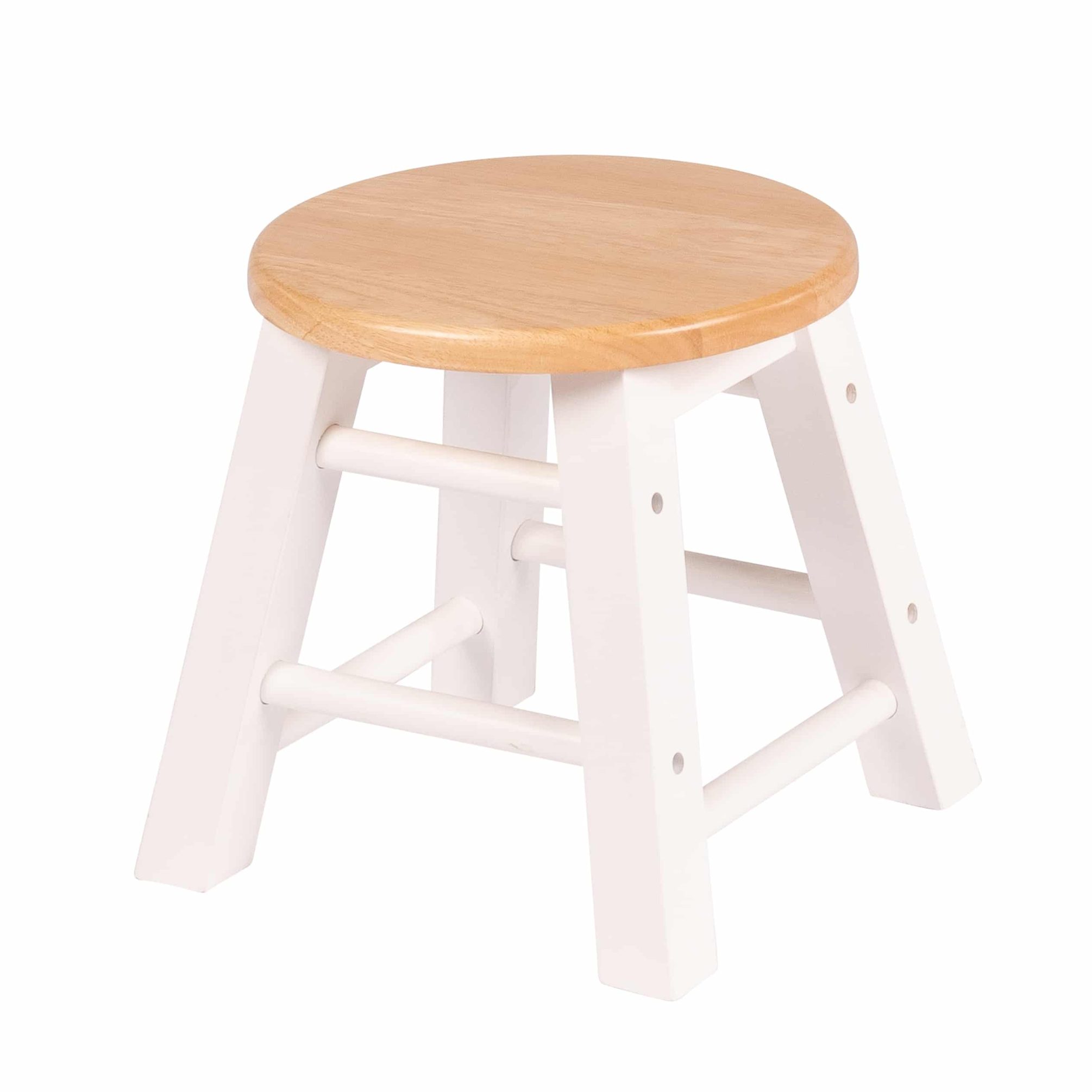 Wooden Childrens StoolOriginal price was: $58.95.$44.95Current price is: $44.95.
Wooden Childrens StoolOriginal price was: $58.95.$44.95Current price is: $44.95. -
Product on sale
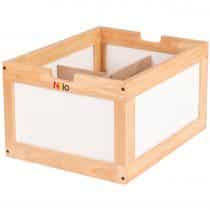 Nilo® Roll-Out Storage BinOriginal price was: $129.00.$119.00Current price is: $119.00.
Nilo® Roll-Out Storage BinOriginal price was: $129.00.$119.00Current price is: $119.00. -
Product on sale
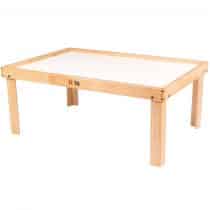 Large Nilo® Multi-Activity Childrens Play Table NO HOLESOriginal price was: $329.00.$289.00Current price is: $289.00.
Large Nilo® Multi-Activity Childrens Play Table NO HOLESOriginal price was: $329.00.$289.00Current price is: $289.00. -
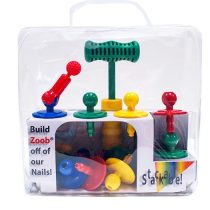 Toy Slide Hammer ‘N Nails Set$28.95
Toy Slide Hammer ‘N Nails Set$28.95 -
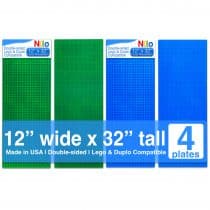 Two Green & Two Blue Nilo® Baseplates (Compatible with Lego/Duplo®)$109.95
Two Green & Two Blue Nilo® Baseplates (Compatible with Lego/Duplo®)$109.95 -
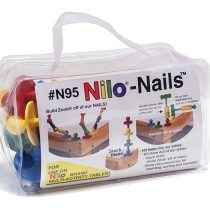 Nilo-Nails™ | Toy Nail Set for Kids (40 pieces)$28.95
Nilo-Nails™ | Toy Nail Set for Kids (40 pieces)$28.95 -
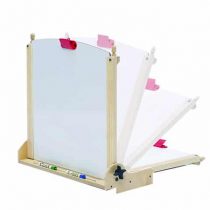 Art Easel for Kids | Puppet Theatre | Dry Erase | Felt Board | Nilo Theasel$79.95
Art Easel for Kids | Puppet Theatre | Dry Erase | Felt Board | Nilo Theasel$79.95 -
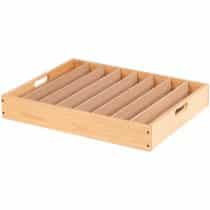 Nilo® Caddy$28.95
Nilo® Caddy$28.95 -
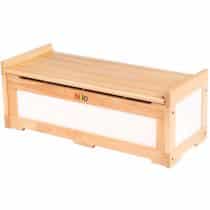 Toy Chest for Children$159.00
Toy Chest for Children$159.00


